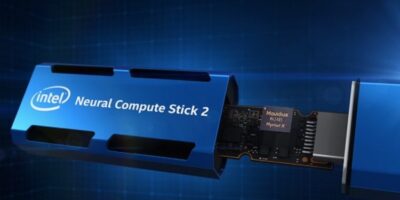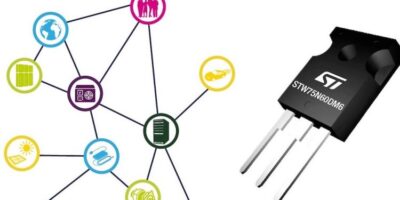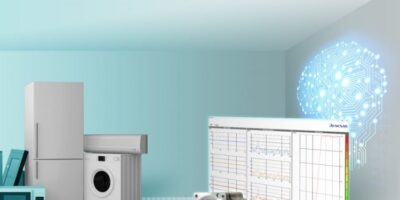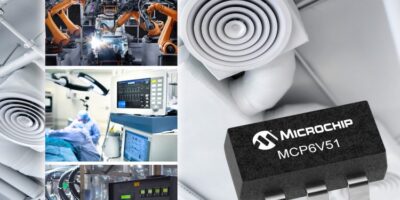Able to bring greater intelligence to network edge devices, the Intel Neural Compute Stick 2 (NCS2) is designed to bring artificial intelligence (AI) algorithms and for prototyping computer vision at the network edge. It is now available from Rutronik UK.
The Intel NCS2 is an affordable way to accelerate the development of deep neural networks inference applications and delivers a performance boost compared with the earlier neural compute stick.
The Intel NCS2 is powered by the latest generation of Intel vision processing unit (VPU), the Intel Movidius Myriad X VPU. According to Rutronik, this is the first VPU that features a neural compute engine for delivering additional performance. Deep learning neural networks like Caffe, Tensor Flow or MXNet can be integrated with the OpenVINO toolkit on the NCS2. These machine learning frameworks are optimised for the entirely new deep neural network (DNN) inferencing engine, which delivers eight times the performance of the previous generation device.
Developers can develop AI and computer vision applications and have them operating in minutes using just a laptop and the Intel NCS2, explains Rutronik. The Intel NCS2 runs on a standard USB 3.0 port and requires no additional hardware, enabling users to seamlessly convert and then deploy PC-trained models to a range of devices and without internet or cloud connectivity. Potential uses for the NCS2 is to develop a smart camera, a drone with gesture-recognition capabilities, an industrial robot, or smart home devices.
The NCS2 is available immediately.







